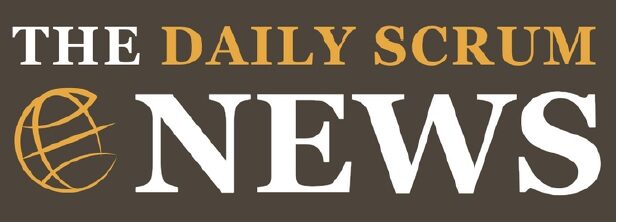The 3D Ultrasound Market is estimated to be valued at US$ 6.60 Billion in 2031
- Ronak Shah
- World News
- Breaking News
- December 31, 2024

A newly published report by Coherent Market Insights reveals a sustainable growth in opportunities in the 3D ultrasound market. Coherent Market Insights’ analyst projected the 3D ultrasound market to be valued at US$ 6.60 Bn in 2031. It is expected to exhibit a CAGR of 7.6% over the forecast period 2024 -2031.
Growth in adoption of minimally invasive procedures and advancements in ultrasound technologies will drive market growth. For effective surgical planning and intraoperative guidance, minimally invasive procedures require highly accurate diagnostic tools. 3D ultrasound will assist surgeons to get clear 3D views of organs and structures, thereby helping better surgical navigation in minimally invasive procedures.
The growth in demand for high-resolution imaging modalities for detailed diagnosis is also driving the uptake of 3D ultrasound systems.
Key Market trends
Rising Geriatric Population: Growing geriatric population is a major driver for the 3D ultrasound market. Elderly population is more susceptible to diseases such as cardiovascular diseases and cancers which requires diagnostic imaging for effective diagnosis and treatment planning. As per the United Nation’s Population Fund (UNFPA), the global population aged over 60 years is expected to double from 12% to 22% between 2015 and 2050.
Technological Advancements: Ongoing technological advancements are also fueling the 3D ultrasound market growth. Major players are focusing on developing newer generations of 3D/4D ultrasound systems with improved image quality, features and portability. For instance, in October 2020, Philips launched Affiniti ultrasound system with advanced transducer technologies and automated workflows for highly detailed scans.
3D Ultrasound Market Opportunities
The handheld devices segment is expected to hold the largest market share over the forecast period. Handheld 3D ultrasound devices provide several advantages over traditional cart-based systems such as increased mobility and flexibility. They are very useful for performing scans in remote and rural areas where fixed ultrasound systems may not be accessible. The compact size and light weight of handheld devices allows clinicians to easily carry them from room to room within a hospital or care facility.
The cardiology application segment is poised to witness significant growth owing to increasing adoption of 3D ultrasound in interventional cardiology procedures. 3D ultrasound provides improved anatomical visualization of the heart over conventional 2D imaging. It helps cardiologists guide complex cardiac procedures such as valve implantation and repair with high accuracy. The ability of 3D ultrasound to evaluate cardiac function in real-time also helps in disease diagnosis and management.
Key Market Takeaways:
The global 3D ultrasound market is anticipated to witness a CAGR of 7.6% during the forecast period 2024-2031. This is owing to increasing demand for minimally invasive surgical procedures and growing prevalence of target diseases like cardiovascular diseases.
On the basis of technology, handheld devices segment is expected to hold a dominant position. This is owing to benefits like increased mobility and flexibility.
On the basis of application, cardiology segment is expected to hold the second largest market share over the forecast period. This is due to wide usage of 3D ultrasound in interventional cardiology procedures.
North America is expected to hold a dominant position over the forecast period. This is due to presence of developed healthcare infrastructure and higher adoption of advanced medical imaging modalities.
Competitor Insights
Key players operating in the 3D ultrasound market include
GE Healthcare
Philips Healthcare
Siemens Healthineers
Canon Medical Systems Corporation
Hitachi, Ltd.
Fujifilm Holdings Corporation
Samsung Medison Co., Ltd.
Recent Developments:
On June 3, 2024, Fraunhofer, announced the development of 3D ultrasound technology for non-invasive brain stimulation. This device targets specific brain areas to treat illnesses such as epilepsy, Parkinson’s disease, and stroke-related symptoms. It provides a safer alternative to established treatments such as Deep Brain Stimulation (DBS). More information is available in full report








